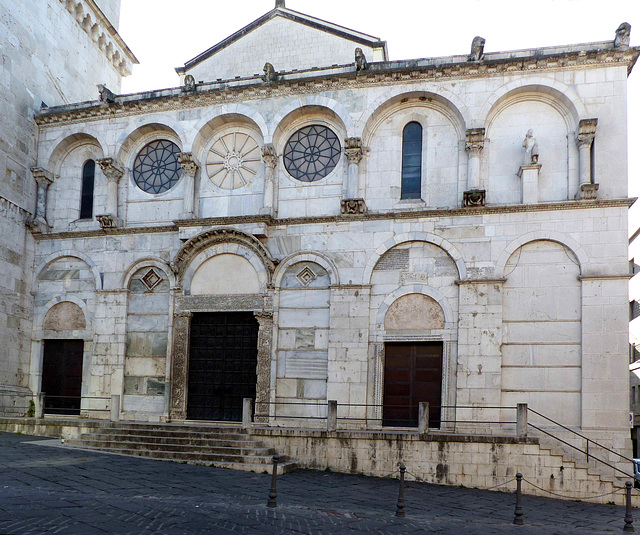Benevento - Duomo
Benevento - Duomo
Benevento - Duomo
Benevento - Duomo
Benevento - Duomo
Benevento - Duomo
Benevento - Duomo
Benevento - Arco di Traiano
Benevento - Santa Sofia
Benevento - Santa Sofia
Benevento - Santa Sofia
Benevento - Santa Sofia
Benevento - Santa Sofia
Benevento - Santa Sofia
Benevento - Santa Sofia
Benevento - Santa Sofia
Benevento - Santa Sofia
Benevento - Santa Sofia
Benevento - Santa Sofia
Benevento - Santa Sofia
Benevento - Santa Sofia
Benevento - Santa Sofia
Benevento - Santa Sofia
Benevento - Duomo
Benevento - Duomo
Campobasso - San Leonardo
Campobasso - San Leonardo
Campobasso - San Bartolomeo
Campobasso - San Bartolomeo
Campobasso - San Bartolomeo
Campobasso - San Giorgio
Campobasso - San Giorgio
Morrone del Sannio - Santa Maria Di Casalpiano
Morrone del Sannio - Santa Maria Di Casalpiano
Morrone del Sannio - Santa Maria Di Casalpiano
Morrone del Sannio - Santa Maria Di Casalpiano
Trabucco
Termoli - Castello Svevo
Termoli - Cattedrale di Santa Maria della Purifica…
Termoli - Cattedrale di Santa Maria della Purifica…
Termoli - Cattedrale di Santa Maria della Purifica…
Termoli - Cattedrale di Santa Maria della Purifica…
Termoli - Spiaggia di Rio Vivo
Città Sant’Angelo - Happy Water
Città Sant’Angelo - Collegiata di San Michele Arca…
Location
See also...
Keywords
Authorizations, license
-
Visible by: Everyone -
All rights reserved
-
22 visits
Benevento - Duomo


Due to its location and importance, Benevento was an important base for Roman rule in southern Italy for centuries. After the expansion of the Lombards, Benevento became the seat of Lombard dukes but repeatedly fell into dependence on the Franks and the German emperors. In 840, Benevento was occupied by the Muslims for a few years. The city has been the seat of the Archbishopric of Benevento since 969. In 1047 it fell into the hands of Norman princes with the exception of the city, which Emperor Henry III gave to Leo IX in 1053. In the 11th and 12th centuries, four councils were held in Benevento.
On February 26, 1266, in the Battle of Benevento, the Hohenstaufen Manfred, natural son of the Holy Roman Emperor Frederick II, was defeated by Charles of Anjou, after which the latter seized Apulia, Sicily, and Tuscia.
The Duomo di Benevento Cathedral is the seat of the Archbishops of Benevento. It dates back to the Longobard foundation of the Duchy of Benevento in the late 8th century, but was largely rebuilt in the 1960s after being destroyed by Allied bombing during World War II.
The massive bell tower was built beginning in 1279, as an inscription on the east facade attests. It remained largely undamaged during the bombings. Benevento Cathedral is the seat of the Archbishops of Benevento. It dates back to the Longobard foundation of the Duchy of Benevento in the late 8th century, but was largely rebuilt in the 1960s after being destroyed by Allied bombing during World War II.
The Romanesque facade was also damaged but was rebuilt. The medieval bronze door, created around 1200, was found in fragments in the rubble of the church after the bombings of 1944. However, it could be reconstructed almost completely.
On February 26, 1266, in the Battle of Benevento, the Hohenstaufen Manfred, natural son of the Holy Roman Emperor Frederick II, was defeated by Charles of Anjou, after which the latter seized Apulia, Sicily, and Tuscia.
The Duomo di Benevento Cathedral is the seat of the Archbishops of Benevento. It dates back to the Longobard foundation of the Duchy of Benevento in the late 8th century, but was largely rebuilt in the 1960s after being destroyed by Allied bombing during World War II.
The massive bell tower was built beginning in 1279, as an inscription on the east facade attests. It remained largely undamaged during the bombings. Benevento Cathedral is the seat of the Archbishops of Benevento. It dates back to the Longobard foundation of the Duchy of Benevento in the late 8th century, but was largely rebuilt in the 1960s after being destroyed by Allied bombing during World War II.
The Romanesque facade was also damaged but was rebuilt. The medieval bronze door, created around 1200, was found in fragments in the rubble of the church after the bombings of 1944. However, it could be reconstructed almost completely.
Paolo Tanino has particularly liked this photo
- Keyboard shortcuts:
Jump to top
RSS feed- Latest comments - Subscribe to the comment feeds of this photo
- ipernity © 2007-2024
- Help & Contact
|
Club news
|
About ipernity
|
History |
ipernity Club & Prices |
Guide of good conduct
Donate | Group guidelines | Privacy policy | Terms of use | Statutes | In memoria -
Facebook
Twitter

Sign-in to write a comment.